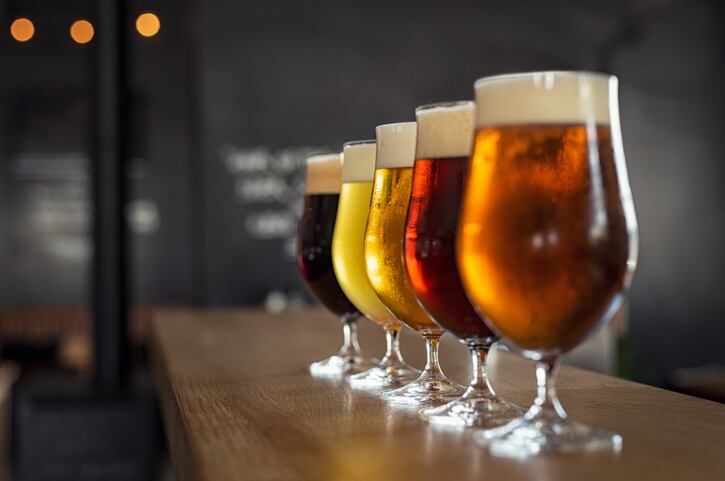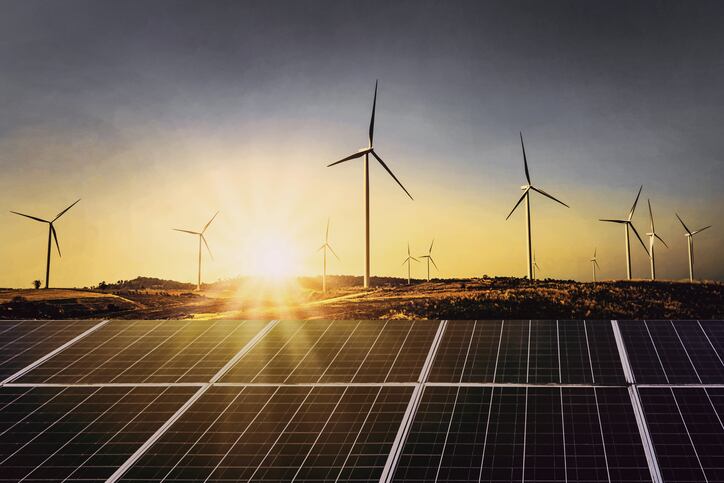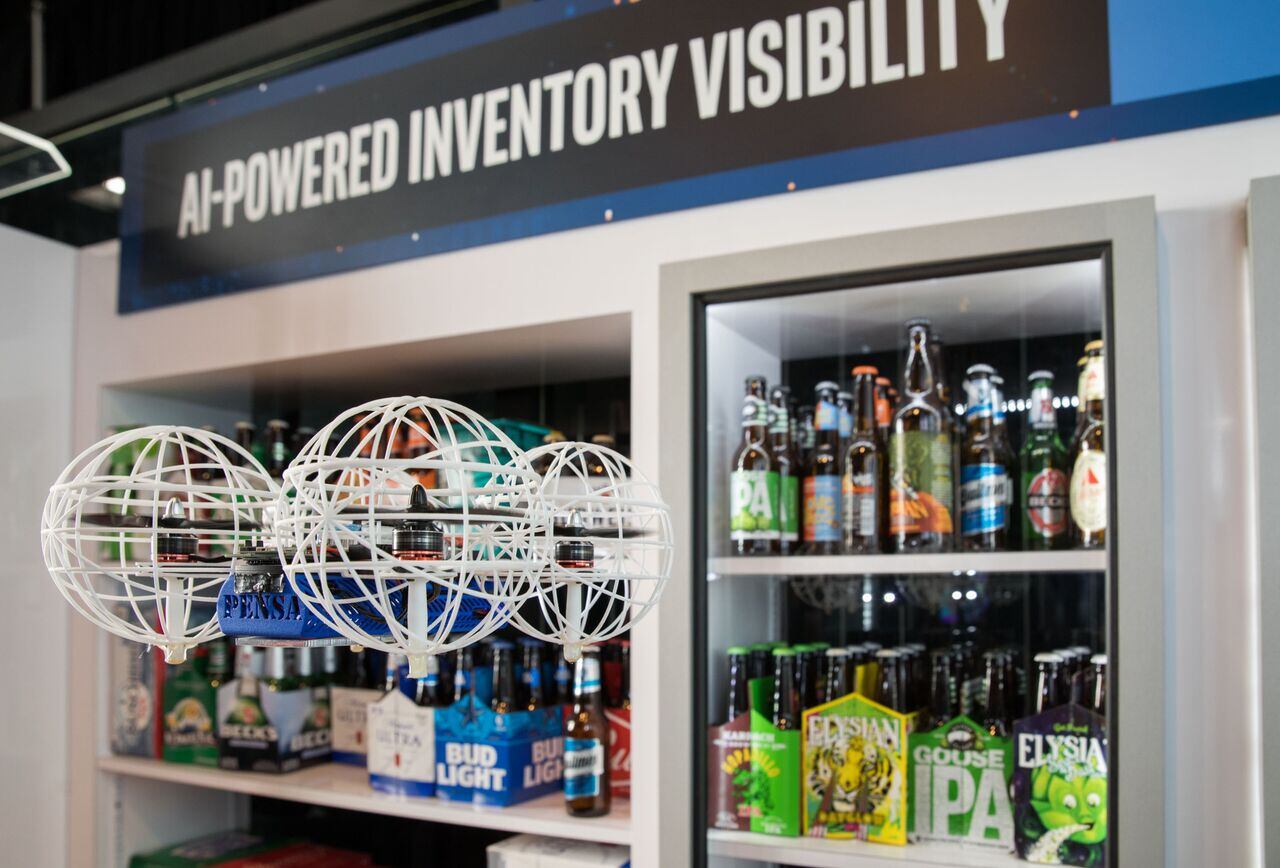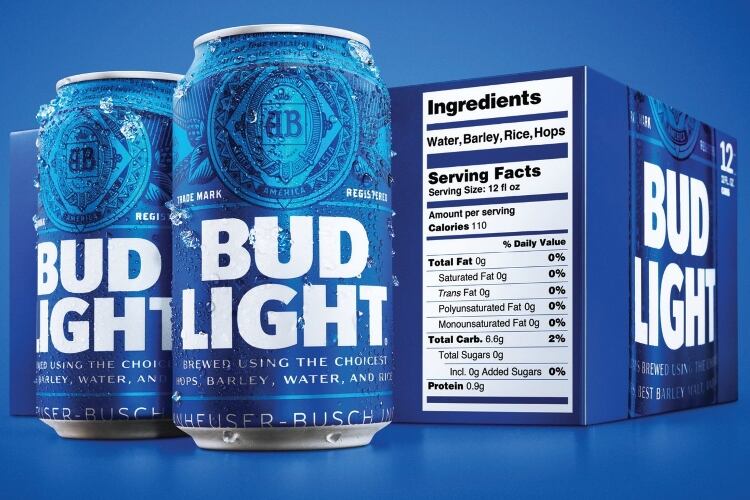The company has launched 12 new no/low alcohol beers over the last year around the world, making a total of 76 brands in this category.
And the trick to succeeding in the category is to have a wide range of products within the low/no alcohol category to appeal to a wide group of consumers and occasions, says CEO Carlos Brito.
Cultivating new opportunities
Consumer trends in health and wellness have spurred innovation in the no and low alcohol beer category.
The largest brewers have all recognised a need to tap into this demand: including AB InBev along with Heineken (which now offers a Heineken 0.0 version of its flagship brand) and Carlsberg (which has seen 33% growth of alcohol free brews in Western Europe).
As part of its Smart Drinking Goals, AB InBev wants to see existing drinkers integrate no and low alcohol beers (3.5% ABV or below) into their current drinking choices.
AB In Bev’s no and low alcohol portfolio includes Budweiser Prohibition (launched in 2016), Hoegaarden 0,0 (2012), Jupiler 0,0%, Castle Free (launched in South Africa in 2017), Carlton Zero (launched in August in Australia), Aguila Cero (Colombia), and Leffe Blonde 0.0% (launched this year in Belgium).
No and low alcohol beer currently makes up 8% of AB InBev’s portfolio: and the beer giant plans for this to reach 20% by 2025.
This goal of 20% has already been reached in six of its markets: Australia, China, Ecuador, Colombia, Panama and Honduras.
“Our no- and low-alcohol beer (NABLAB) portfolio continues to cultivate new opportunities in many of our markets by addressing the growing consumer trends of moderation and health and wellness,” says AB InBev.
“With these trends becoming ever more important to consumers around the world, we are committed to leading innovation in this space.”
Choice is key
AB InBev CEO Carlos Brito says the NABLAB category is no longer about having one or two alternatives to traditional beers: it’s about mirroring the choice found in the traditional beer category with a wide range of no and low beers.
"We decided to approach no and low alcohol beer as we do with the global brands: for example, in a portfolio approach way," he said, speaking in the company's FY18 earnings call last week.
“We believe that for global brands, the way to really do it is through a portfolio approach, not with one brand, because consumers have more and more occasions, they're used to more and more assortment, more and more choices. So we built a portfolio of global brands that appeal to different needs, different occasions, and are complementary - and are doing very well.
“And we're using the same strategy, portfolio approach, to no- and low-alcohol beer. We believe it's about different brands. I'm here in Belgium, and we have Hoegaarden zero-zero with different flavors. We have Leffe zero-zero and we have Jupiler zero-zero.
"And that's exactly what consumers want, because these brands are different, they offer different profiles in terms of liquid, styles, and consumers want to have that option.
This drive for a ‘robust portfolio’ has spurred on new product launches, said Brito.
“As such, we have launched 12 new products this year resulting in 76 brands globally that qualify as no- and low-alcohol. What makes the segment even more exciting is that these brands is often command a premium price point and the margins are typically higher, since excise taxes tend to be lower.”
AB InBev: some alcohol free beers
Leffe Blonde 0,0%
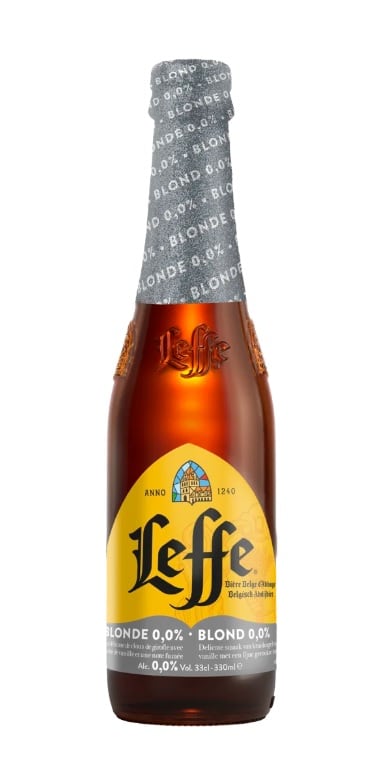
As the first non-alcoholic beer for the Leffe brand, Leffe Blonde 0,0% was launched in January this year, combining a ‘fruity taste with a bitter touch, smoked notes, and flavors of cloves and vanilla’.
In Belgium, non-alcoholic beer has overcome the social stigma and now makes up 3.1% of the beer category. It has grown 30% over the last year: “This makes it one of the fastest growing categories of consumer goods in Belgium,” says the brand.
The beer is made using a unique dealcoholisation technique developed by AB InBev.
Carlton Zero
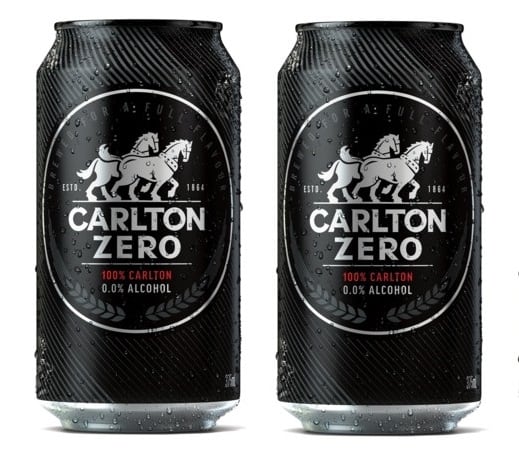
Carlton & United Breweries, AB InBev’s Australian subsidiary, launched Carlton Zero last year: the first non-alcoholic beer in its 180 year history.
Low and mid-strength beers now represent 20% of CUB sales in Australia.
Sales of non-alcoholic beers across the country have grown 57% over the last five years, although this is still modest compared to the US, Canada and Europe.
But CUB hopes its launch of Carlton Zero will significantly boost the category in Australia.
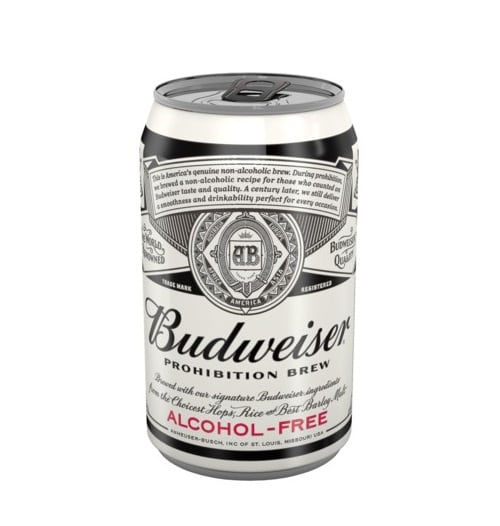
Budweiser Prohibition
The name ‘Prohibition’ comes from US brewing history, referring to the 1920s nationwide ban on the production, transportation and consumption of alcoholic beverages.
“The alcohol-free beer is brewed to the same recipe, Beechwood-aging process and exacting standards as Budweiser, only without the alcohol,” says AB InBev.
Prohibition was initially introduced in Canada in 2016, and is also available in the Ukraine and the UK.

